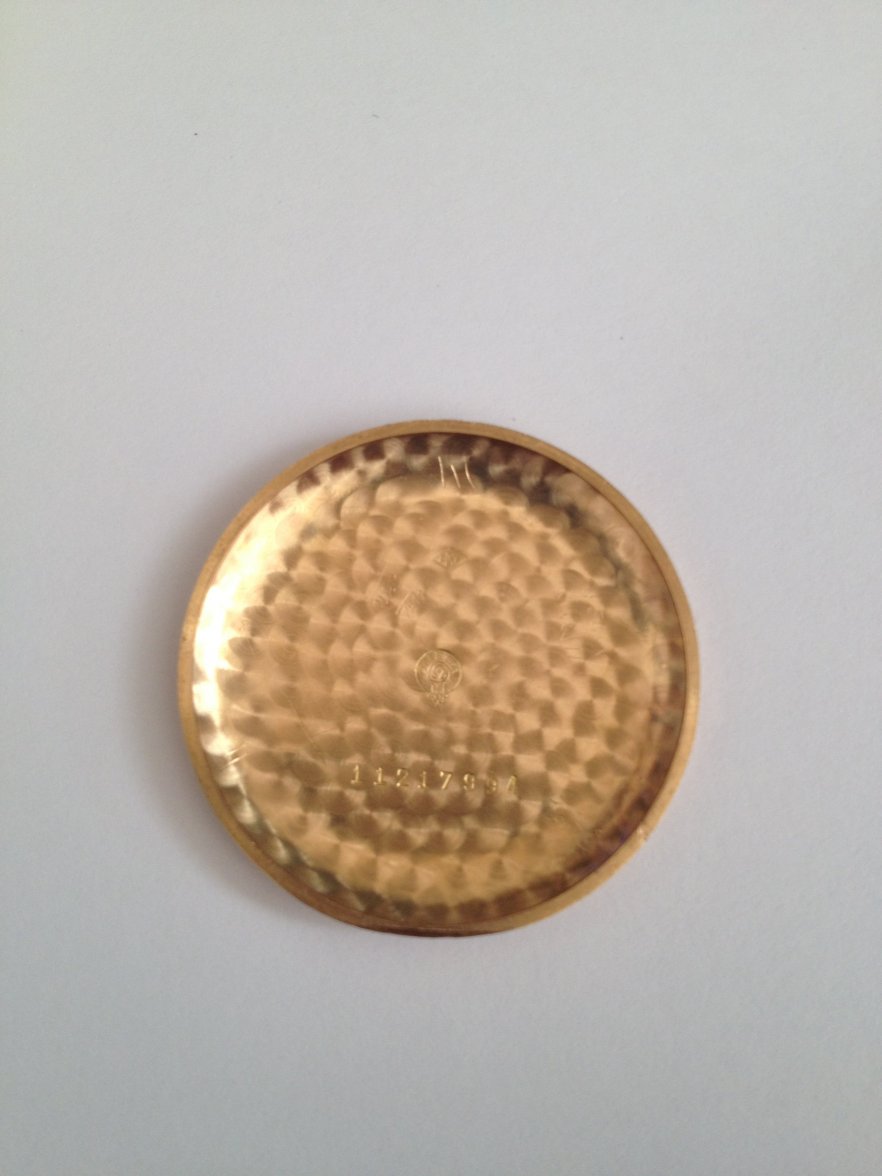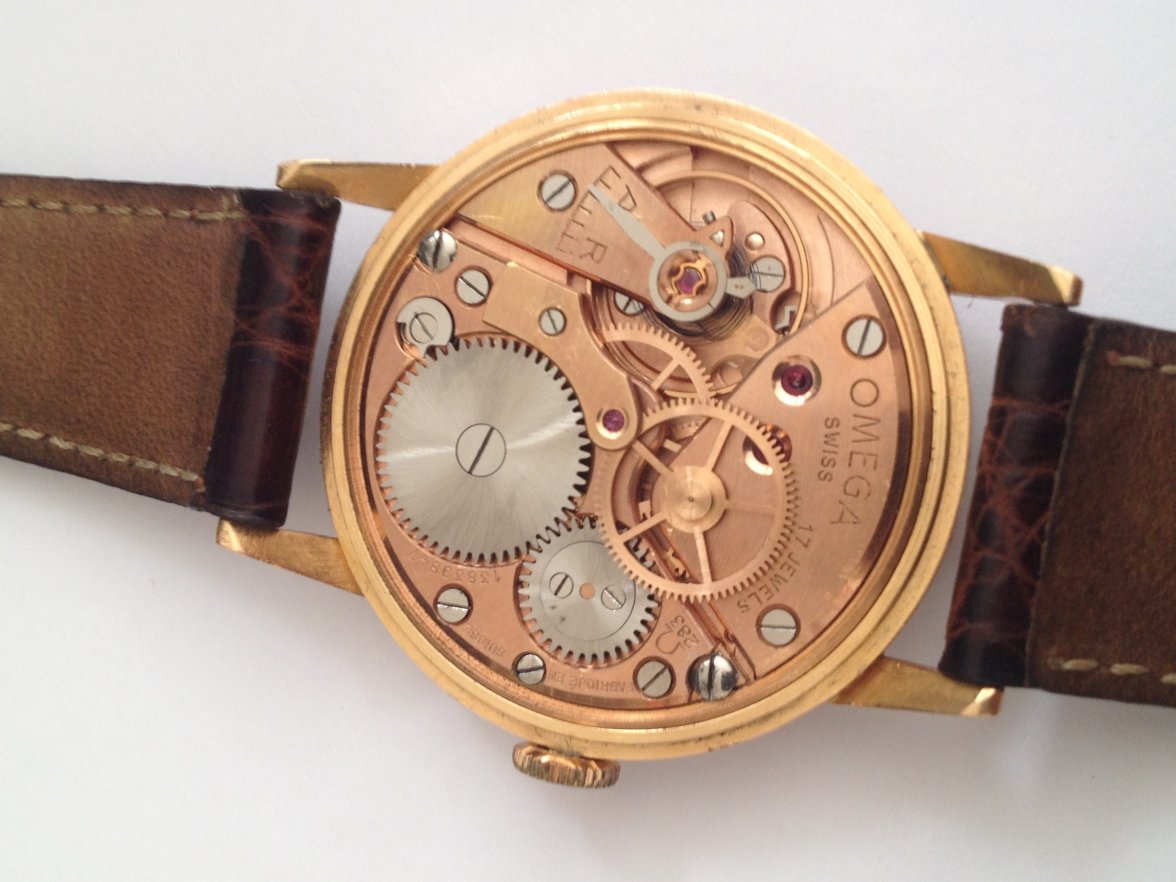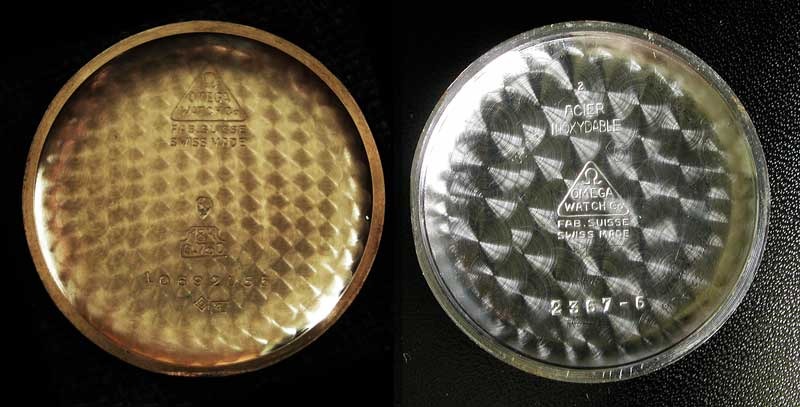After some further research and thinking, I am going back to my first idea! So, to me, these numbers are serial numbers and not reference number - even if we are only talking of ref to order parts. But we may have to make some distinctions.
Let' sum up :
- PGF or any losange hallmark in a French gold case is a "poinçon de maitre", that is to say the maker's hallmark.
- The eagle head is, as every one knows here, the French hallmark for 18ct gold (or more if there are several heads in the same hallmark).
- No number is mandatory according to the French law, and several French gold cases do not have any (Longines watches for instance).
- But as far as I know, French gold cases made by PGF always have a number.
- I cannot see any reason why this number should be considered as a reference number. Let's remember that these cases were not made by Omega and thus there is no reason why Omega should have parts for them. There could be exceptions, for instance with Constellations as the French cased ones I have seen (very few though) seem to be close to the Swiss ones.
@TNTwatch : are you sure your watchmaker actualy ordered parts thanks to this number? If yes, was it exactly like the one I posted above?
Maybe
@Archer could chime in and tell us if this kind of number can be used to order parts on the Omega interface. If Archer cannot, it is fair to conclude no one can!
- The hypothesis that it is a serial number can rely on several arguments:
1) It is consistent with several examples where the movement number confirms the year or period.
2)
@MSNWatch thinks it is - well, it is only an "argument d'autorité" but why not from times to times...
3) There are to me no other relevant explanation consistent with the data.
But some distinctions shall be made:
- we cannot compare the numbers of different makers, and I am only talking in this post of PGF - which by far seems to be the bigger, I am even leaning to think PGF could be the hallmark of an association of makers.
- some kind of watches, such as Constellations, could have specific numbering. That would explain why we can find 4XX XXX numbers during the 1950s or latter.
I would really appreciate if some French cased Constellation owner could confirm or invalidate this idea by posting some pics (case back and movement).
But there are still different issues and obscur things to me. For instance, why can we find numbers like the ones we are talking here in Swiss made cases? See for instance the pic below (source: the great page everyone knows here:
https://squeletteblog.wordpress.com/2016/01/18/part-iii-chronometers-30t2rg-and-30t2scrg-english/)
This number is weird here but could be due to the fact that case is king of a mixt one (with Swiss and French writtings). Not sure at all though! Thoughts?
To conclude, let's not forgot the most important thing is that the watch is a beautifull gold Omega!


